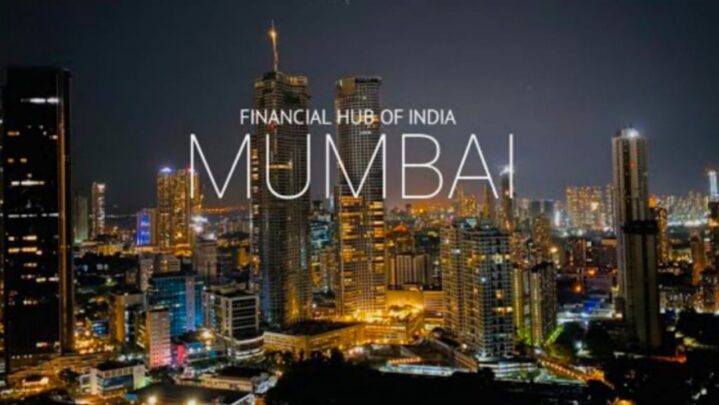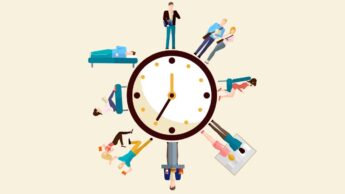The port of Mumbai is strategically located on the west coast, making it an economic crossroads and a trade gateway to the west. Mumbai prospered and became a business hub thanks to the two trade businesses. Mumbai prospered due to its opium trade and textile industries. Many of the business people in Bombay were Parsis, who were instrumental in the development of these businesses. In Bombay’s text, three Parsi families were prominent.
Mumbai became involved in the opium trade which converted Mumbai into a booming and affluent port. The Parsi merchants of Gujarat and Mumbai entered this trade in the early nineteenth century, and Mumbai flourished and prospered for nearly six decades as a result of their trade monopoly. It also helped the Parsis become an affluent people.
The cotton boom of 1860-65 accelerated Bombay’s growth, resulting in a massive surge in the cotton trade. Descriptions of the Cotton Trade in comparison.
Mumbai’s economy was dominated by the textile sector by the 1920s.
Today, Mumbai is home to significant financial institutions such as the Reserve Bank of India, the Bombay Stock Exchange, and the corporate headquarters of numerous Indian firms, it is known as India’s commercial capital. The state of India’s stock exchanges determines the country’s whole economy. Because Mumbai is a port, there is a lot of trade between India and other countries. Goods import and export is a common occurrence. Mumbai has attracted migrants from all around India and South Asia due to the vast commercial opportunities and relatively high standard of life offered.
Bollywood, the epicenter of India’s Hindi film and television business, is based in Mumbai. Bollywood produces the world’s biggest number of films annually, generating enormous wealth for the country. Mumbai has grown to be India’s financial center and a major player in the country’s economic and political life.
Keep reading Successyeti.com
Also Read: 5 Places To Visit In Maharashtra That You Can Never Forget





